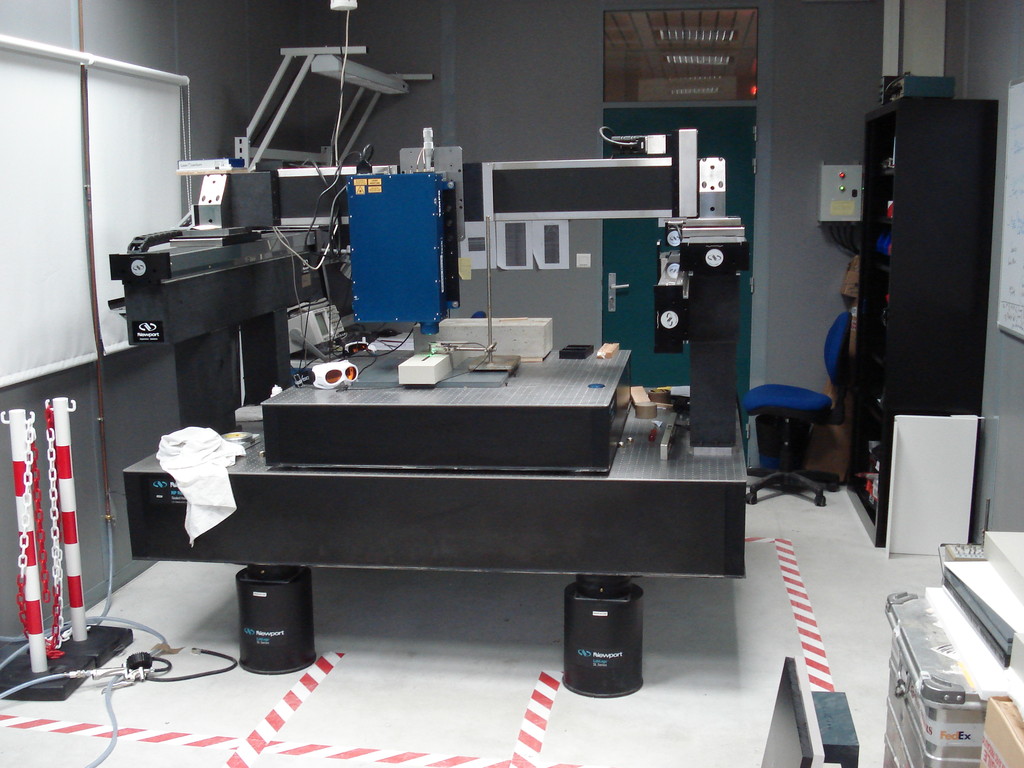Differential auscultation methods for monitoring
The research in this axis includes:
- Seismic and electrical tomography, based on differential inversions, for the detection of very small variations within materials (imaging of variations of a few percents: seismic velocities in mining contexts due to stress rearrangements and/or rehydration of the rocks, apparent resistivities due to hydric variations in the body of sea or fluvial dikes).
- Coupling of seismic and electrical techniques within the same monitoring. Ultrasonic coda wave interferometry to monitor the stress state and damage of structures under load (nuclear power plant containment vessel, concrete creep).
- Methods based on ambient noise, adapted to the scales of civil engineering for example to monitor sea defenses using the noise caused by the swell or maintained artificial sources (very low energy) when natural noise does not present energy in the spectral bands of interest (underground gallery applications).
- The use of drones to support geophysical techniques for carrying sensors in areas with limited accessibility and for electromagnetic and magnetic measurements in flight.
